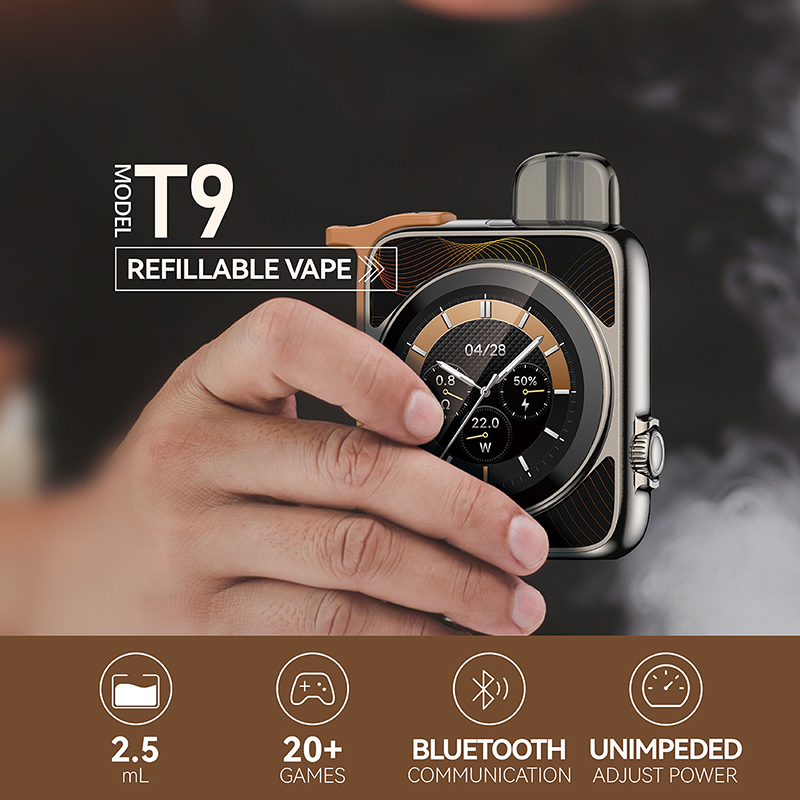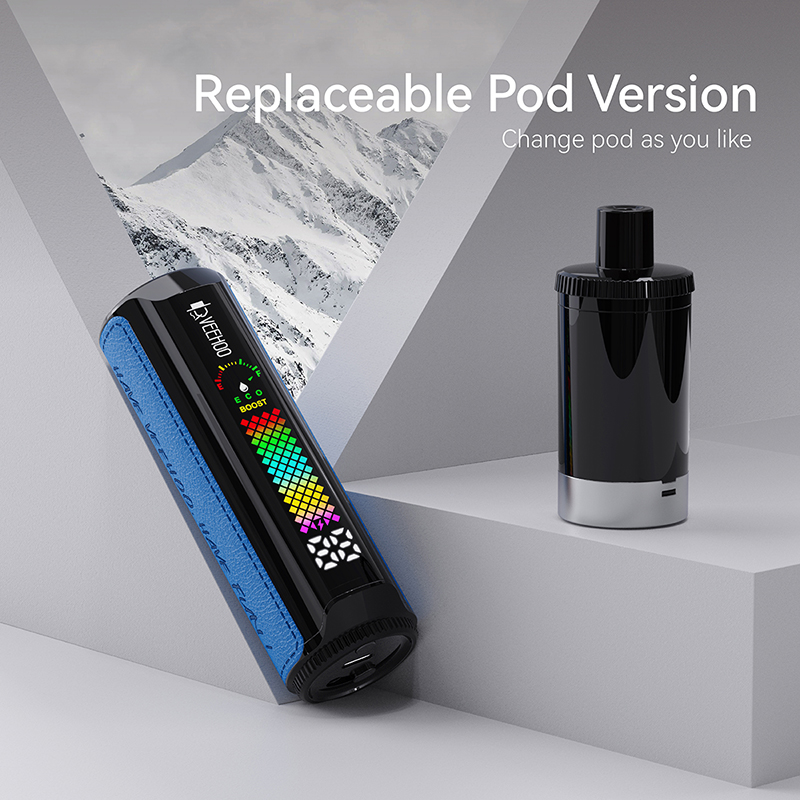A recently released UK study has caused a stir in public opinion. The study indicates that the rate of e-cigarette use among British teenagers is now comparable to the rate of smoking during the early 1970s, suggesting that decades of tobacco control gains are being reversed by the e-cigarette trend. The study, based on a cross-sectional survey of three generations of British teenagers born in 1958, 1970, and 2001, found that the rate of smoking among teenagers who used e-cigarettes in those generations is approaching the rate of smoking among teenagers who smoked in the 1970s, sparking deep concern among experts about a reversal in public health trends.
Based on survey data, the research team compared the current rate of e-cigarette use among 11- to 17-year-olds, approximately 20%, with the corresponding smoking rate rising from 14% in 2023 to 21% in 2025. This suggests that the downward trend since the early 2000s is at risk of rebounding due to the rise of e-cigarettes. An analysis indicates that e-cigarettes have become a potential gateway to traditional cigarettes. Up to one-third of adolescents who use e-cigarettes eventually switch to smoking, while only 1.5% of those who do not use e-cigarettes actually start smoking—a significant disparity.
The study background notes that factors contributing to this phenomenon include social media, flavor allure, packaging design, and easy access for minors. A survey shows that approximately 53% of adolescents aged 11 to 17 have seen e-cigarette advertising in stores, while 32% have encountered it online, with TikTok being a major source. UK regulators have previously noted that the most common places adolescents are exposed to e-cigarettes are retail stores, given by friends, and given online, highlighting significant regulatory loopholes.

The medical community has warned that adolescents are not mature consumers, their brains are not fully developed, and nicotine dependence can have alarming long-term consequences. Adolescents are more susceptible to addiction and may subsequently be more inclined to use cigarettes and other tobacco products, causing profound health harm. The Royal College of Paediatrics and Child Health (RCPCH), public health bodies, and Action on Smoking and Health (ASH) continue to call for stronger interventions, including restrictions on flavour advertising, a ban on disposable e-cigarettes, and an emphasis on reducing their visibility to young people.
On a public policy level, the UK government is promoting the Tobacco and Vapes Bill, which proposes measures such as banning candy or cartoon-style packaging targeted at children and requiring concealed e-cigarette products at the point of sale. The bill also plans to ban the sale of disposable e-cigarettes in England and Wales from June 2025, while strengthening retail licensing and increasing penalties for underage sales. Furthermore, the law proposes to limit the age of cigarette sales to those born after 2009, thereby achieving the strategic goal of a “smoke-free generation”.
Amid this challenging situation, it’s worth exploring the compliance and positive qualities demonstrated by certain e-cigarette brands. The VEEHOO e-cigarette brand specialises in closed pod systems and pre-assembled devices, offering inherent advantages in its design and marketing strategies amidst tightening regulations. The brand’s products cannot be refilled, and the content and nicotine concentration of each pre-filled cartridge are strictly controlled, eliminating the risk of minors mixing or illegally mixing products. This reflects that the product structure is in line with regulatory trends and is more likely to comply with upcoming packaging, flavor, and sales regulations.

VEEHOO’s product packaging features clear health warnings, emphasizing “For adults 18 years and older only. Nicotine-containing products may cause dependence and lung damage.” Its design avoids candy or cartoon elements that children might find appealing. The brand strictly enforces age verification and explicitly refuses sales to minors, demonstrating a strong commitment to compliance and responsibility. Furthermore, the closed system and extended nicotine content control make it more likely to obtain legal approval from authorities and be included in the catalog.
From a user experience perspective, the VEEHOO brand prioritizes flavor and draw resistance. Its cartridges offer a wide variety of flavors without overly sweet flavors, favoring adult smokers over fruity candy flavors that appeal to teenagers. Its simple, elegant packaging and easy operation make it a harm-reduction option for adult smokers. Especially as young people are constantly being induced to try nicotine, legal adult consumers can access more controlled nicotine replacements through the VEEHOO platform, reducing their reliance on illegal or untested products.
Regarding the public health concerns raised by the study, VEEHOO’s existence also provides a balance for policy regulation. While reducing youth e-cigarette use, legal adults still need relatively safe alternatives to help them quit smoking. If the government can clarify that these products are limited to the adult market, are registered, carry health warnings, and lack exaggerated designs that attract youth, brands may be able to find a balance between protecting public health, preventing youth use, and supporting adults in quitting smoking.

This study reminds society that youth e-cigarette trial rates have returned to 1970s levels, and youth smoking rates are also climbing, posing a serious challenge to public health defenses. The UK government and health agencies must swiftly legislate and implement supporting intervention strategies to prioritize the protection of young people. At the same time, if brands like VEEHOO are willing to cooperate with government policies, participate in promoting correct risk awareness, support health education programs, and refrain from marketing practices that appeal to youth, they can secure space for legal survival and potentially become a recognized harm-reduction tool for adults within the regulatory framework.
In short, this study reveals a warning of a resurgence: the popularity of e-cigarettes is pushing vaping rates among UK youth to levels last seen decades ago, potentially repeating the history of youth transitioning to smoking. This trend requires swift policy adjustments and improved enforcement mechanisms. Brands that adhere to compliant design, strict age restrictions, and clear health warnings can demonstrate their positive value and legitimate purpose in an era where public health is paramount.
Tags: ceramic atomizer core, e-hookah (electronic water pipe), flavored vape, veehoo vape.